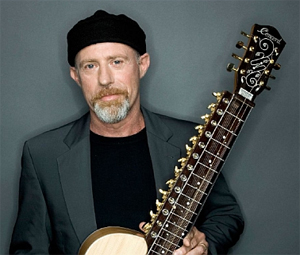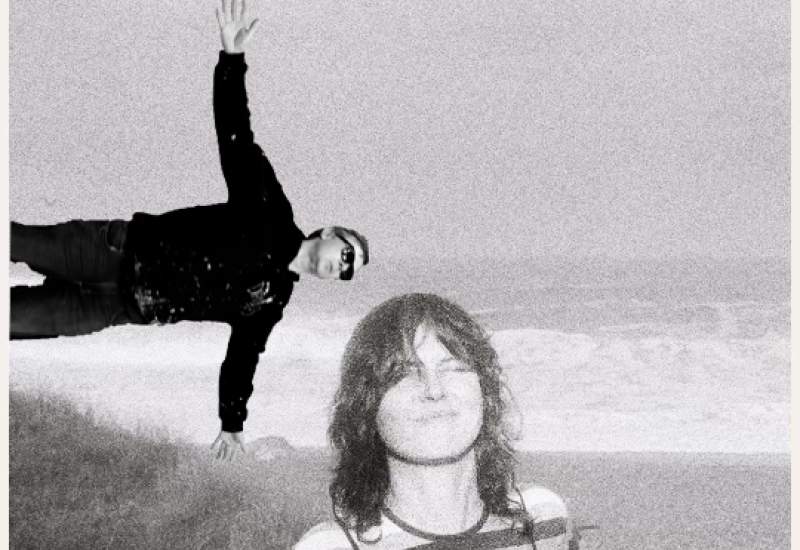Mysticssippi” blues man Harry Manx has been called an “essential link” between the music of East and West, creating musical short stories that wed the tradition of the Blues with the depth of classical Indian ragas. He has created a unique sound that is hard to forget and deliciously addictive to listen to.
Harry forged this distinctive style by studying at the feet of the masters, first as a sound man in the blues clubs of Toronto during his formative years and then under a rigorous five-year tutelage with Vishwa Mohan Bhatt in India. Bhatt is the inventor of the 20-stringed Mohan Veena, which has become Harry’s signature instrument.
Even though he had played slide guitar for many years before arriving in India, he started back at the beginning under Bhatt’s tutelage, even re-learning how to hold the bar. From there, Manx learned Eastern scales and eventually ragas, deceptively complex and regimented musical patterns that form the basis of Indian composition.
He spent three to four hours each morning practicing in Bhatt’s home before returning that evening for a jam session with the tutor, his sons and various other fellow musicians. “Sometimes I’d throw in some blues licks in the middle,” he says, “and everyone would fall over laughing and enjoying themselves. And I thought if I can get Indian people to enjoy Western music like that, then maybe I could get Westerners to enjoy Indian music, too.” Harry decided to explore this thread of connection between the two musical traditions.
His signature style follows in the footsteps of such pioneering work as that of Joe Harriott and John Mayer and their Indo-Jazz Fusions in the 60s, John McLaughlin’s work with Shakti in the 70s, and Ashwan Batish’s innovative Sitar Power debut in 1987. Manx’s Indo-blues hybrid seems destined to be the most universally appealing yet.
Tune into What the Folk! with Susi Lanagan, 9-11am for a live set from Harry Manx.

